

Assassin’s Creed is one of the most successful game franchises of the last decade, and also one of the most creative. Though the combat obviously is an important part of the game, the series focuses just as much on stealth and puzzle-solving, and is also one of the few to re-invent itself with a dramatically different location in most installations.
With that said, however, some might argue Assassin’s Creed is finally becoming stale. Though the settings are more diverse than the norm, the franchise generally focuses on events that take place over the last millennia, and the settings safely target a western audience. Though that makes sense, there’s plenty of history to roam, and examining other parts of the world might inspire new ideas. Here are three settings that could take Assassin’s Creed in a new direction.
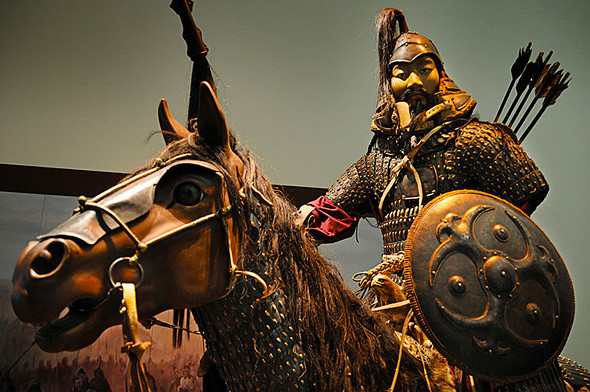
Chinese history, though largely ignored in the west, is a deeply fascinating subject. Part of this comes from the sophistication and size of the Chinese empires which existed during what was, in Europe, considered the “Dark Ages.” Chinese ships were the technological marvels of their age, and gunpowder was invented as early as the 9th century by Chinese alchemists. Predictably, it was quickly put to use for military purposes; China had cannons while Europeans were still figuring out the trebuchet.
Another key feature of ancient China was its cities, which were massive and heavily fortified. Estimates put the population of China at around 76 million in 1193 A.D. – probably more people than lived in all of Europe at the time, though a lack of records from both eras make it hard to say for sure. In any case, projects like the Great Wall Of China make it clear that Chinese empires of the era were capable of immense civil projects – which can inspire interesting level design for Assassin’s Creed.

And then, of course, there’s the Mongol invasion. Though they’re often depicted as crude barbarians in popular culture, the Mongol war machine was impressive, and the invasion was actually a series of wars spanning from 1205 to 1279, when the last Emperor of the last Chinese state was defeated at sea. The horseback combat the Mongols were known for could make for an interesting new game mechanic, as could the extensive use of siege weapons by both sides. And while the Mongols did generally prefer to conquer rather than use diplomatic solutions, they of course had to find ways to govern the Chinese they conquered, which provides plenty of opportunity for assassination.
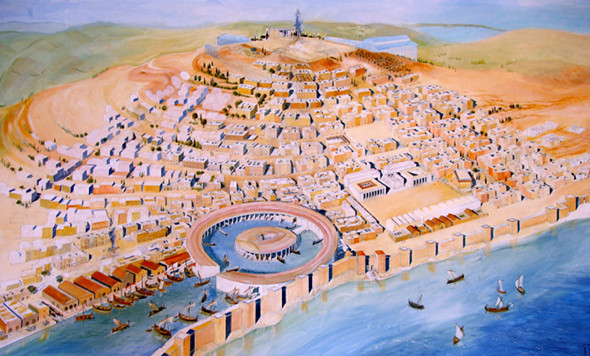
Most people who’ve taken a history course know that Carthage was an ancient city, and that it was destroyed by the Romans. What isn’t as well-known is that the city existed for centuries before Rome was important in the Mediterranean, and that the city’s influence spanned far and wide across Northern Africa, southern Spain, Sicily, and Sardinia. The culture was also different from many others that later rose to prominence, as its origins trace back to the Phoenicians, a civilization founded in modern Lebanon.
Carthage was first ruled by an elite initially dominated by a single family or “clan” which later expanded to include other families of wealth and power. The city eventually created a constitution which established a body known as the Tribunal Of The Hundred And Four, a council that operated much like what would later be called a senate by the Romans, and a Popular Assembly through which the people could express their opinion. The city’s powerful families wanted to retain power, however, so the constitution was generally favorable to them, creating political tension.
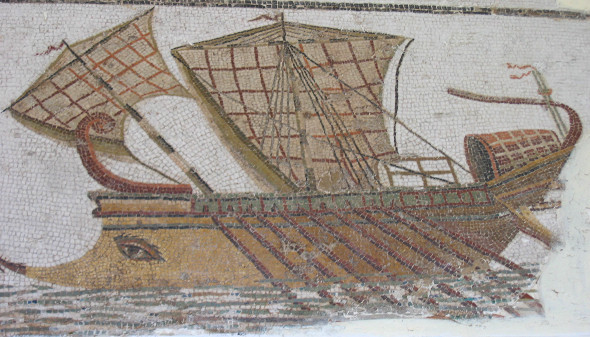
Politics was made even more dangerous by Carthage’s tendency to rely on mercenaries for protection. Armies constantly operated overseas, and were paid per campaign, which meant and the city had a hard time controlling its own military. To compensate, Carthage developed a tendency to kill generals who under-performed by crucifixion, and this in turn caused generals to go rogue when they felt threatened. This gives plenty of reason for assassination within the state of Carthage itself, and this is to say nothing of the city’s near-constant conflict with Greek cities and, later, Rome.
Sea power was an important part of Carthage’s military, but there were no cannons in that era. Fights on the ocean often involved entanglements between ships, followed by melee combat. Splintered beams, oars and sails could provide an opportunity for Assassin Creed’s players to spring traps, escape trouble, and take down enemy soldiers. This era also saw the use of chariots, cavalry and spear-wielding hoplites, all of which could be used to inspire new game mechanics and combat styles.
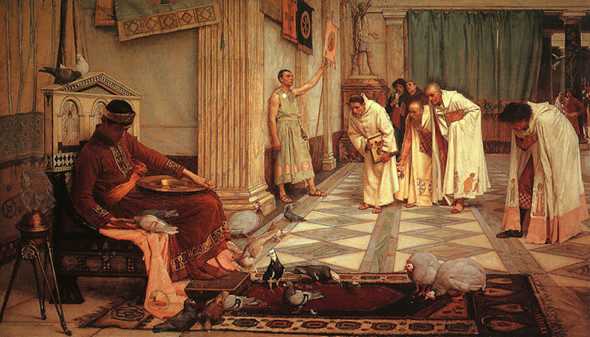
While getting away from western culture would be great for the series, there’s a well-known setting so perfectly suited for an Assassin’s Creed game that it’s hard to believe it has been missed so far; the fall of Rome as a republic, and the rise of Rome as an empire.
Rome’s fall as a republic started with Julius Caesar, who was famously assassinated by a crowd of senators and conspirators. The game would likely start during or after that event, however, as Caesar’s assassination marked the start of a long, bloody period of civil war in which all options were valid and numerous individuals aspired to ultimate power. Rome itself would of course make an excellent setting for an Assassin’s Creed game, but there are plenty of smaller cities in the history which could be highlighted, as well.
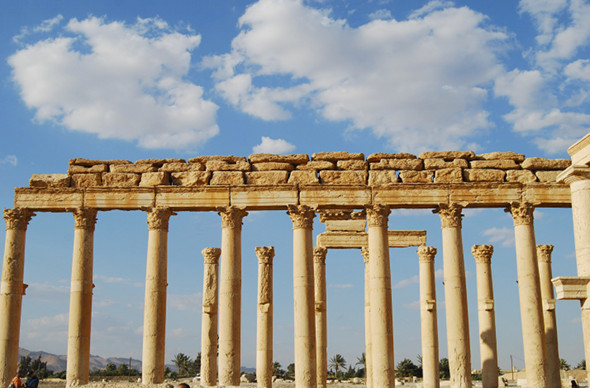
Alternatively, the game might focus on later Roman history, which reads something like a more violent version of The Game Of Thrones. Succession through assassination or civil war was common during that period, and a change of regime sometimes meant the death of everyone connected to the previous Emperor – family, friends and advisers.
While it might be tempting to re-visit Constantinople in the Roman era, sticking to the Western Roman Empire would probably be best, as the political and military situation there was always more precarious. This would also provide a chance to explore lesser-known (yet impressive) Roman cities like Mediolanum and Ravenna, which overtook Rome as the empire’s capital in 286 and 402, respectively. There was also extensive conflict on the Roman frontier of northern and western Europe in the final years of the Western Empire, which could provide a chance to refine the frontier mechanics that were featured in Assassin’s Creed 3.
There are a lot of settings that might be appropriate for Assassin’s Creed, as the latest games show; the American Revolution wasn’t exactly known for its plethora of assassinations, yet it turned out to work just fine.
With that said, though, the series has just about exhausted the potential of its current timeline. Jumping backward in time might prove more interesting than moving forward, and could allow for extensive re-design of the assassin’s weapons, costume and combat mechanics.
Where do you want to see the next Assassin’s Creed game take place? Let us know in the comments.
Image Credit: Wikimedia Commons, Alessandra Kocman/Flickr




 Everything you need to know about Need for Speed Reboot
Everything you need to know about Need for Speed Reboot LEGO Harry Potter: Years 1-4 Guide
LEGO Harry Potter: Years 1-4 Guide Resident Evil 5 Guide
Resident Evil 5 Guide Are You Addicted to Netflix? [MakeUseOf Poll]
Are You Addicted to Netflix? [MakeUseOf Poll] Unlock Titan Sunbreaker in Destiny The Taken King
Unlock Titan Sunbreaker in Destiny The Taken King